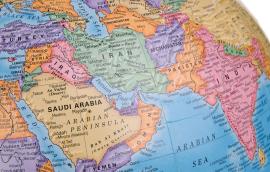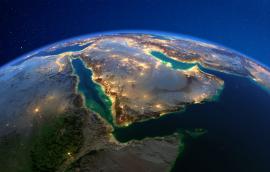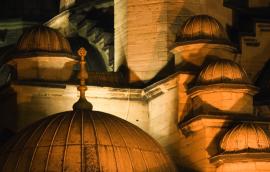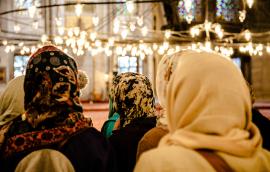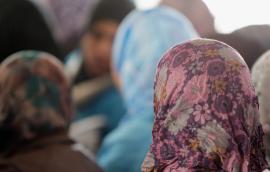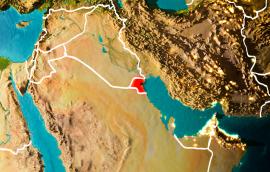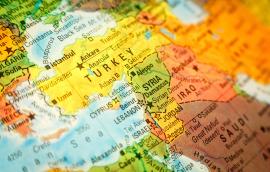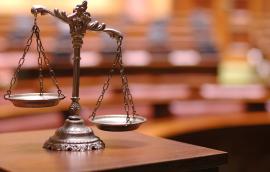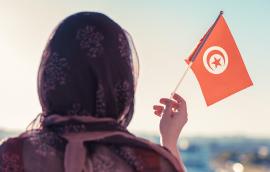The New Guardians of Religion: Islam and Authority in the Middle East
Who speaks for Islam and who holds religious authority in the Middle East? These questions strike at the heart of the relationship between religion and politics in the Muslim world, for whoever can legitimately claim religious authority has an opportunity to shape the extent to which religion is politicized in the region.
Our study examines this issue by identifying the channels of influence between religious leaders who claim to hold Islamic authority and individual Muslims across the region. The findings depict a complex religious space in the Middle East that reflects its citizens’ nuanced approach toward religion and the religion-politics relationship.
A.Kadir Yildirim March 12, 2019
